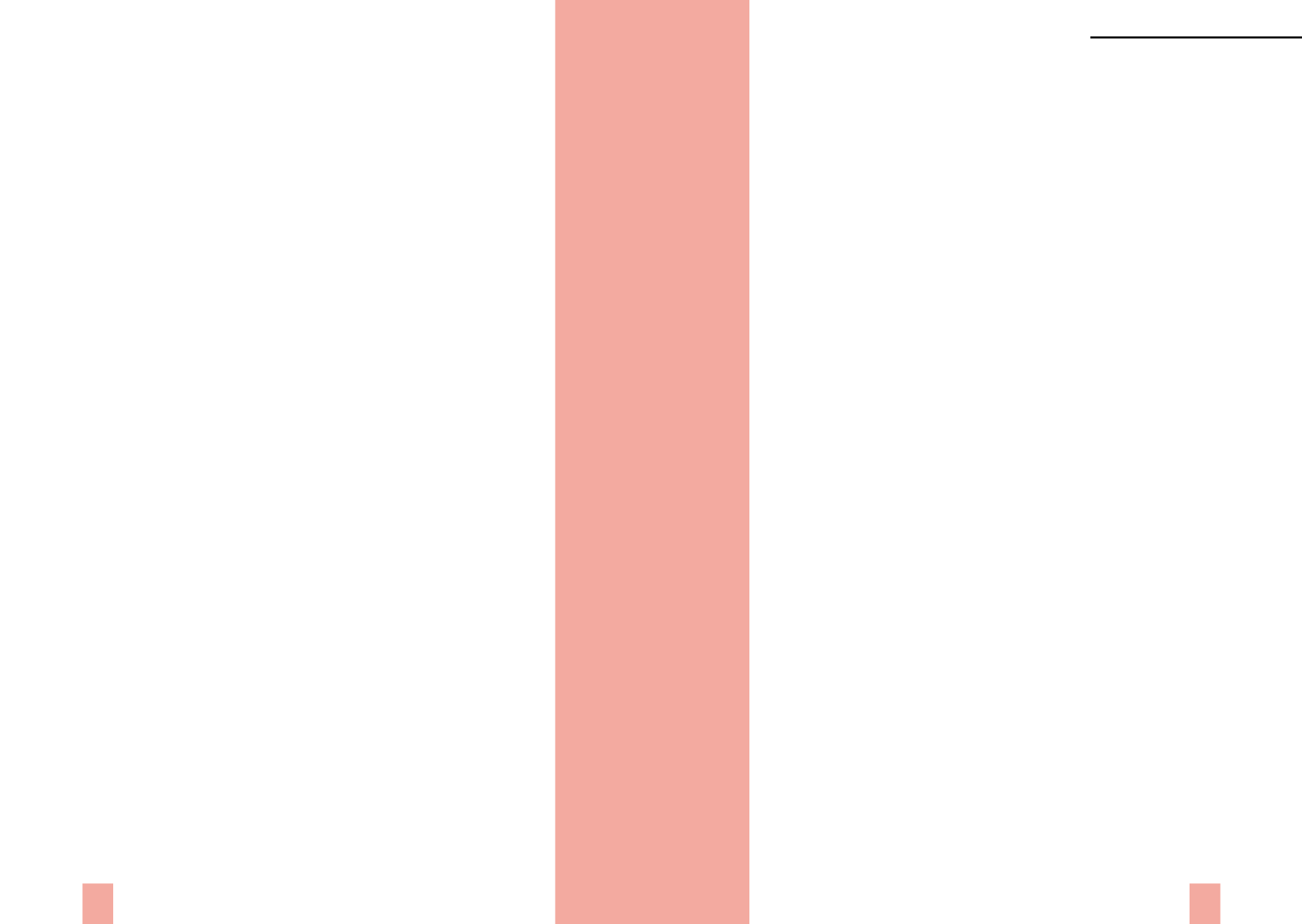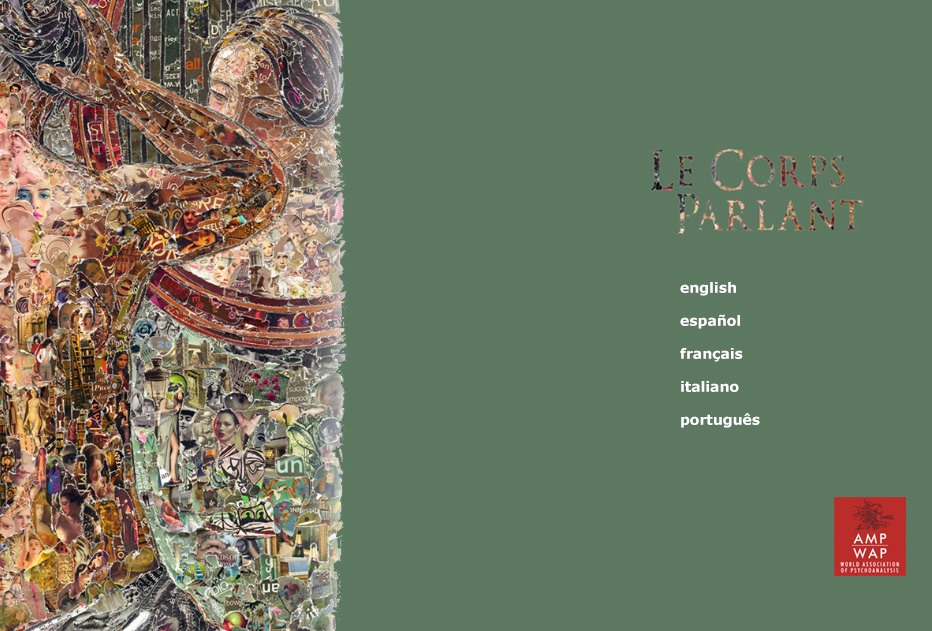

THE SPEAKING BODY
Xth Congress of the WAP,
Rio de Janeiro 2016
527
526
“The experience of a unified image of the body requires the fundamental
intervention of the gaze, not so much of the subject itself but of the Other,
incarnated in particular in ‘the mother’, taking into account that the mother is
for psychoanalysis a function and not a biological entity. Even a blind person
can have the experience of feeling observed. The gaze is something that is
perceived in the words of the Other, in what it says and does not say, in the
place that its discourse has reserved for us.”
p. 225
Guéguen, Pierre-Gilles.
Light and Shadows on a Case of Gay Bashing
[2011]. Trans.: F. Coates-Ruet [HB 9, 2012]
“This is why it is so important to come back to
Encore
and to the affirmation
that Lacan repeated many times in this Seminar, that the body is the Being,
that jouissance is real but it serves nothing and must find in the Other its
sexualisation and isolate an object which is the true partner for the subject.
Contrary to the meanderings of the Deleuzians, Lacan does not abandon the
idea of the effect of language on the matter of jouissance.”
p. 234
Guégu
e
n, Pierre-Gilles.
The Other Who Does Not Exist and the
Unconscious
. Trans.: J. Marzouk [LI 40, 2012]
“The
jouissance
, as Lacan pointed out, is attached to the body like a device.”
p. 71
Laurent, Éric.
Psychoanalysis and Our Time
[2011], [LI 43/44, 2014]
“In abolishing the distance between perception and the dreamer, the dream
introduces a world where a possible mingling of bodies can be approached.
In the dream mode of articulation between invisible
jouissance
, the world of
representation takes shape. It marks a passage from the invisible to what is an
unformed symbol.”
p. 125
Laurent, Èric [2005].
Chomsky with Joyce
[LIC, 2014]
“This assumes that the subject does not ground his identification, his seat in
the world, on the basis of his swelling form, his bodily envelope, the narcisissm
of the image, but that he manages to get by in constituting drive-circuits, the
drifting trajectory of the drive,
sinthomatically
.”
p. 13
Laurent, Éric.
Neural Plasticity and the Impossible Inscription of the
Subject
[LIC, 2014]
“The jouissance of the body is not produced by representations of events or by
the memory-storage of such events. The memory of the unconscious acts by
virtue of the absence of traces. The wanting availability of a signifier signals the
eruption of a jouissance that has upset inscription.”
p. 33
Naveau, Pierre.
When a Body Event is Produced
. Trans.: E. Ragland
[RT 7, 2014]
“When Lacan advances in
Le Séminaire, Le sinthome
, that if a woman is a
symptom for a man [ …] a man is, on the other hand, a devastation for a
woman, it seems to me that, for a good part, Lacan identifies the man, on the
bias of such an enunciation, with
the word (parole) which wounds
. A man is a
devastation for a woman because this woman is, fundamentally, a wounded
woman. It happens, in any case, that a woman can frequently be wounded, at
the same time, by what a word says or, on the contrary, by what is not said. It
is in this sense that I understand the hypothesis that I have proposed from the
start—namely, that
an event of the body is relative to the contingency of a saying
.
I would like to give
blushing
as an example of a body event.”
p. 34
Wülfing, Natalie.
Lacan’s Legacy: From the Universal to the
Particular
, [LI 43/44, 2014]
“The particular is then the singular way in which
lalangue
, the private language
that made its mark on the body, is the cause of jouissance. In Seminar XX,
Encore, the fact of
jouissance
, the starting point of ‘there is
jouissance
’ as Jacques-
Alain Miller put it in his course of 1997/1998, is a way of saying that we don’t
share a common reference, the exception for example, but that we are all alone
with a body that enjoys/suffers on the basis of having encountered
lalangue
. This
is no longer the body as specular image, but the body as an enjoying One.”
p. 51
IV /d. Sinthome
Arenas, Alicia.
Comments on Thomas Svolos paper: ‘The supposed-to-
know-to-read- otherwise’
[PN 24, 2012]
“That is why when Lacan establishes the big shift in his teaching, in pointing
out Joyce’s solution of the ‘sinthome,’ he shifts from a clinic of the Other,
treasure of signifiers, to a clinic of the One, field of the body and desert of
meaning. Lacan now poses the existence of a being of jouissance that is not
registered in an unconscious of the kind previously known in the history of
psychoanalysis.”
p. 74
Authors of the Freudian Field



















